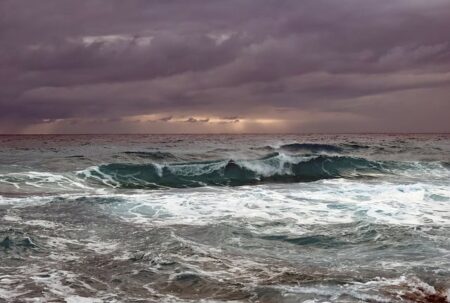Ever wondered what future cities might look like? If so, among the many visions out there the one suggested by the new book Urban Planet might well be worth your attention. One hundred researchers, artists, writers, and activists have collaborated to turn this tome into something bigger than just another book about cities of the future.
Visionary ideas, scientific analyses, treatises of critical reasoning and expressions of human emotion are all in this voluminous open-access tome, which has devoted enough space to each of these many ways to see the world.
Complex science from the first part takes a step back as the crucial role of civil society becomes apparent in the third. Meanwhile, from the optimism about data-informed solutions of the introductory chapters, we come to question the reliance on technology in a thought-provoking piece on the “chimera” of smart cities Part 4.
The book departs from overly scientific perspectives and leans towards exploration: “excitement and curiosity about cities [need] to fuel a massive scaling up of our collective wisdom about the urban world we inhabit,” the preface suggests.
Among the major ideas is that city and nature can no longer be regarded as separate entities. Instead, we ought to learn to live together with other species, carefully welcoming them into urban habitats that once estranged them. Urban nature has to become the key focus of city planners and decision-makers.
Green areas can no longer be thought of as nothing more than soothing adds-on to concrete jungles in crowded and noisy metropolises covered with asphalt. Nature is here and we need more of it: much more than we have ever allowed ourselves. Only by rerouting our conversation with other lifeforms out there can we feel our way forward. Meanwhile, we might have just started collecting the “seeds” of ideas and initiatives that will shape our collective futures.
Author opinions expressed throughout the book vary widely and years of discussions are sure to follow. Yet this diversity of views is the real treasure as both those who foresee an apocalypse and those who believe in a better world seek for ways out of the current environmental crises.
Did you like it? 4.6/5 (21)








